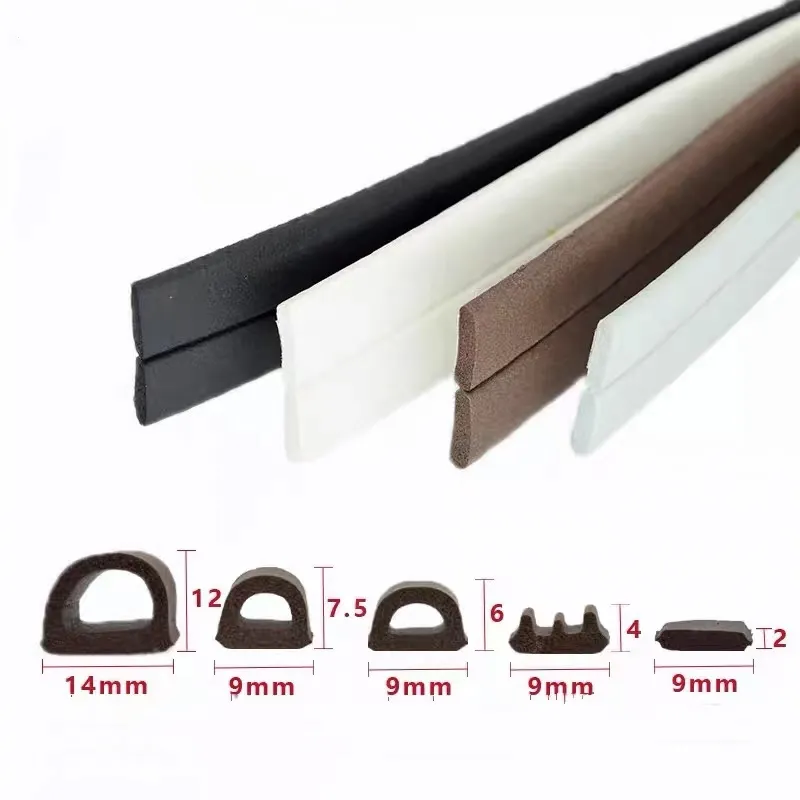car door weather stripping adhesive
The Importance of Car Door Weather Stripping Adhesive
Car maintenance encompasses a variety of tasks, from oil changes to tire rotations, but one of the most critical yet often overlooked components is the weather stripping. Weather stripping is crucial for ensuring that a vehicle remains airtight and insulated from the elements. Among the various aspects of maintaining weather stripping, the use of appropriate adhesive plays a vital role in preserving its integrity and effectiveness.
Understanding Weather Stripping
Weather stripping is the material used to seal openings in a vehicle to keep rain, wind, and noise out. It is typically found around doors and windows, ensuring a snug fit when closed. Over time, however, weather stripping can degrade due to exposure to the sun, temperature fluctuations, and general wear and tear. This leads to gaps and leaks, allowing air and water to penetrate the vehicle, which ultimately affects the comfort and safety of the occupants.
The Role of Adhesive
The adhesive used to secure the weather stripping plays a significant role in its longevity and performance. A high-quality adhesive is essential for ensuring that the weather stripping remains in place, providing an effective seal against external elements. There are various types of adhesives available, including butyl rubber adhesives, silicone adhesives, and urethane adhesives. Each type has its unique properties and benefits, making it essential for car owners to choose the right one for their specific needs.
1. Butyl Rubber Adhesives Known for their excellent adhesion properties, these adhesives are waterproof and can withstand extreme temperatures. They are often used in automotive applications due to their durability and flexibility. Butyl rubber adheres well to both metal and non-metal surfaces, making it ideal for weather stripping.
2. Silicone Adhesives Silicone is renowned for its weather-resistant qualities. It remains flexible even in harsh conditions, which is crucial for parts that experience constant movement, such as car doors. Silicone adhesive is also resistant to UV rays, meaning it won’t break down under sunlight exposure.
3. Urethane Adhesives These adhesives are exceptionally strong and offer superior flexibility. Urethane adhesives are often used in applications requiring high strength and resilience, making them suitable for heavy-duty weather stripping applications.
car door weather stripping adhesive

Application Tips
When applying weather stripping adhesive, several tips can help ensure a successful repair
- Clean the Surface Before applying adhesive, it is essential to clean both the weather stripping and the application surface on the door. Remove any old adhesive, dirt, or debris to ensure a strong bond.
- Follow Instructions Each type of adhesive comes with specific application instructions. Following these guidelines will help achieve the best results.
- Allow Curing Time After applying the adhesive and placing the weather stripping, allow adequate curing time as specified by the manufacturer. This will ensure that the adhesive fully bonds and can withstand operational stresses.
- Regular Inspection After installation, regularly inspect the weather stripping to ensure it remains intact. Address any signs of wear or damage promptly to prevent unwanted water and airflow from entering the vehicle.
Conclusion
Properly maintained weather stripping is essential for any vehicle, ensuring that it remains comfortable and protected from the elements. The adhesive used for securing weather stripping is critical to its effectiveness and longevity. By choosing the right adhesive, properly applying it, and conducting regular maintenance, car owners can enhance the performance of their vehicle's weather stripping, ensuring a safe and comfortable driving experience for the long haul.
Investing time and resources into this often-overlooked component will pay dividends in terms of vehicle performance, comfort, and even fuel efficiency, making it an integral part of car maintenance that should never be underestimated.
-
Under Door Draught Stopper: Essential ProtectionNewsJul.31,2025
-
Garage Door Seal and Weatherstrips for ProtectionNewsJul.31,2025
-
Edge Banding Tape for Perfect EdgesNewsJul.31,2025
-
Table Corner Guards and Wall Corner ProtectorsNewsJul.31,2025
-
Stair Nose Edging Trim and Tile Stair SolutionsNewsJul.31,2025
-
Truck Bed Rubber Mats for Pickup BedsNewsJul.31,2025
-
Window Weather Stripping for Noise ReductionNewsJul.29,2025